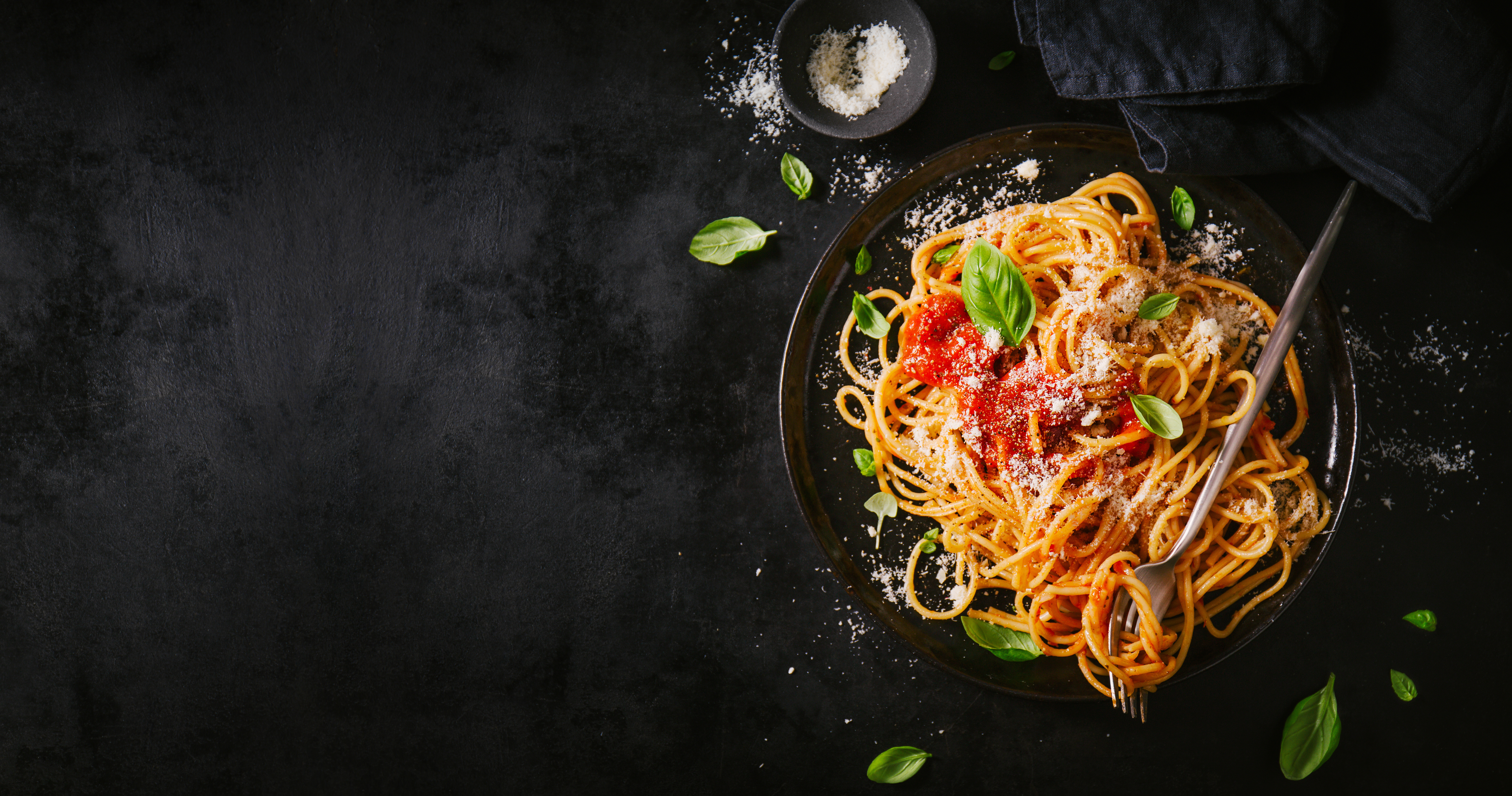
Giuliano D’Orazio
Like most folks, I feel changed by the pandemic in major ways, some good, others not so much.
Let’s focus on the ‘good’ column today, shall we? I’d probably have to place my newfound love of home cooking at the top of that list. I was blessed to grow up in a home where most of what we ate was very fresh, very homemade, and generally pretty good for you… in moderation!
As you may have deciphered from my not-so-ambiguous name, I grew up in an Italian home —
well, half. My dad is Italian (off-the-boat as they say, and quite literally in his case, at three years
old), and my mom is an Irish/Scandanavian Central Mass girl born and bred. They both know their way around a kitchen, and many of the home-style old-world food traditions my dad inherited became the staples of our dinner table. I never felt like I could hold a candle to my dad’s homemade sauce, until recently, when I’ve had ample time to hone my process. You know, sometimes it takes a pandemic.
I think food is one of the most powerful ways we can share love, so in the spirit of the hunky and
fabulous Antoni Porowski, I’m going to share with you my recipe for a red sauce you can make
with or without meat, and share with your partner, friends, family, or quarantine bubble!
Preparation: Chop ½ an onion. Mince three cloves of garlic. Chop a nice handful of fresh, Italian flat-leaf parsley. In a large bowl, empty an entire can of whole, peeled San Marzano tomatoes. Crush them with your hands and remove any tough stemmy bits.
Start by bringing a medium sauce pot to medium/high heat. Add 2 tablespoons of olive oil.
When the oil is hot, add your meat (ground pork/beef/sausage) season with salt and pepper, unless already seasoned (like sausage). Skip this part if you don’t use meat, just start with the next step. Let the meat sit without moving for a minute or two, then stir it around, browning on all sides.
Remove the browned meat and set aside on a plate. Leave any juices in the pot.
Add chopped onion to the pot. Let cook for about 2 mins, letting them soften.
Add the minced garlic. Allow to cook for about another minute with the onions.
Add parsley and crushed red pepper, stir into onion/garlic mixture.
HINT: If at any time things are getting too dry or starting to smoke a bit — use the damn knobs, turn it down! Everyone’s stove is different so use your judgement. You don’t want burnt garlic and onions in your sauce.
Add an anchovy or two and mix it up with everything until dissolved. Trust me, you might not think you like these, but they really add some savory depth to the sauce’s flavor. I’ve had people who don’t like fish rave about my sauce, little do they know the secret ingredient … (insert maniacal laugh here).
Add a splash of dry red wine (Chianti works great) to deglaze the pan and scrape up the browned bits on the bottom.
Move everything in the pot over to one side, position that part slightly off the heat. Add a can of
tomato paste (regular small can) directly to the exposed bottom of the pot. You want the paste to caramelize just a little bit, maybe for 30-45 seconds.
Then fill the empty can of tomato paste with water, and add that to the pot. Mix everything back
together.
If you used meat, now you can add it back to the pot, stirring it up with everything. Cook on medium for a couple minutes.
Reduce heat to the lowest setting and let everything calm down a bit.
Add the bowl of tomatoes that you’ve crushed by hand. Stir it up baby!
Add 1 teaspoon of sugar. This should be just enough to cut the acidity of the tomatoes. Taste as you go! If it is too acidic, add a tiny bit more sugar.
Grate some cheese into the sauce. This is going to melt in and just make it more delicious and a bit creamy. I like to use a mixture of Pecorino Romano and Parmigiano Reggiano, with slightly more of the Pecorino. Use your judgement but in total it’s probably about ¼ cup of finely grated cheese. Stir it up until you don’t see it anymore.
Taste the sauce. Depending on whether or not you used anchovies, seasoned meat, salty cheese, etc, you may not need salt. If the sauce doesn’t have a ton of flavor, try adding some salt to bring everything out. Don’t over do it. You can always add more. Add some black pepper too, you don’t need a ton.
Let it simmer on very low heat.
Now for the pasta. You can use any style of pasta for this. I really recommend using imported Italian pasta. Anything that says “copper cut” is usually a good sign. It will absorb the sauce better. Delverde is a great brand, I love their tagliatelle. Use a tall pot of water, put salt in it until it tastes like the ocean! I guarantee this is probably why most people complain their pasta at home doesn’t taste like it does at a restaurant. Bring the water to a gentle boil. Add the pasta and follow the instructions on the packaging. I like to undercook by a few minutes of the recommended time, because the pasta will finish cooking in the sauce. You don’t want mushy, you want al dente (some bite).
Strain the pasta and add to the saucepan, or you can transfer directly to the sauce using tongs.
Usually, adding about ½ cup of the starchy pasta water will help the sauce’s consistency and make it stick to the pasta better.
That’s it! Serve it up, add some grated cheese and crushed red pepper if that’s your thing. I hope you and anyone you’re sharing with will love this sauce as much as I do.
And remember, you can call it sauce, you can call it gravy (it’s sauce), just as long as it doesn’t come out of a jar!




